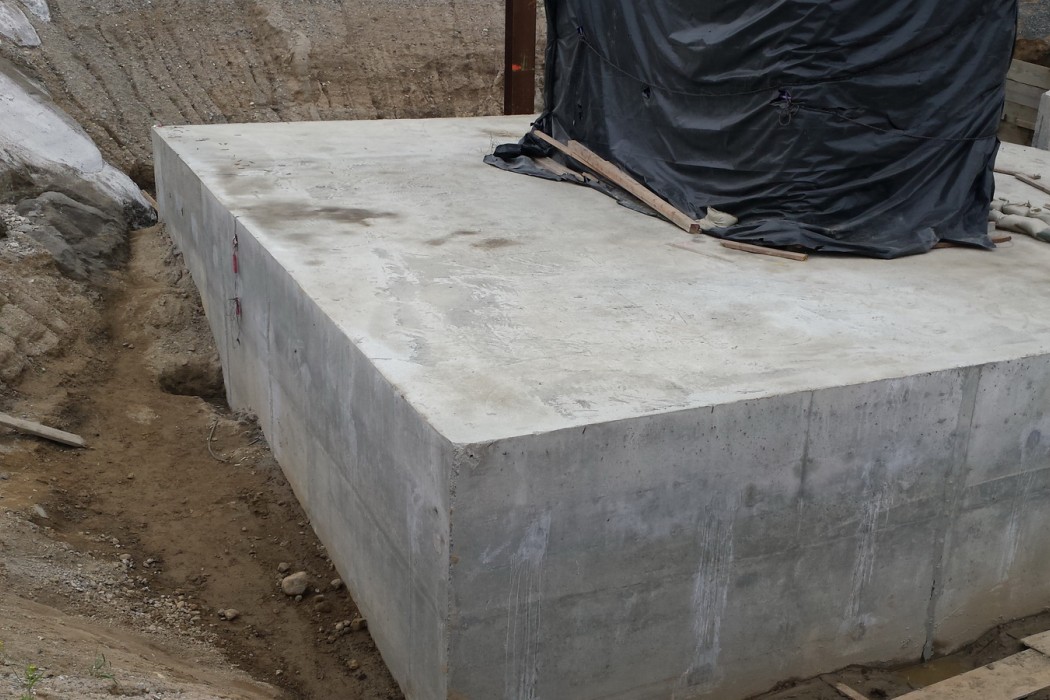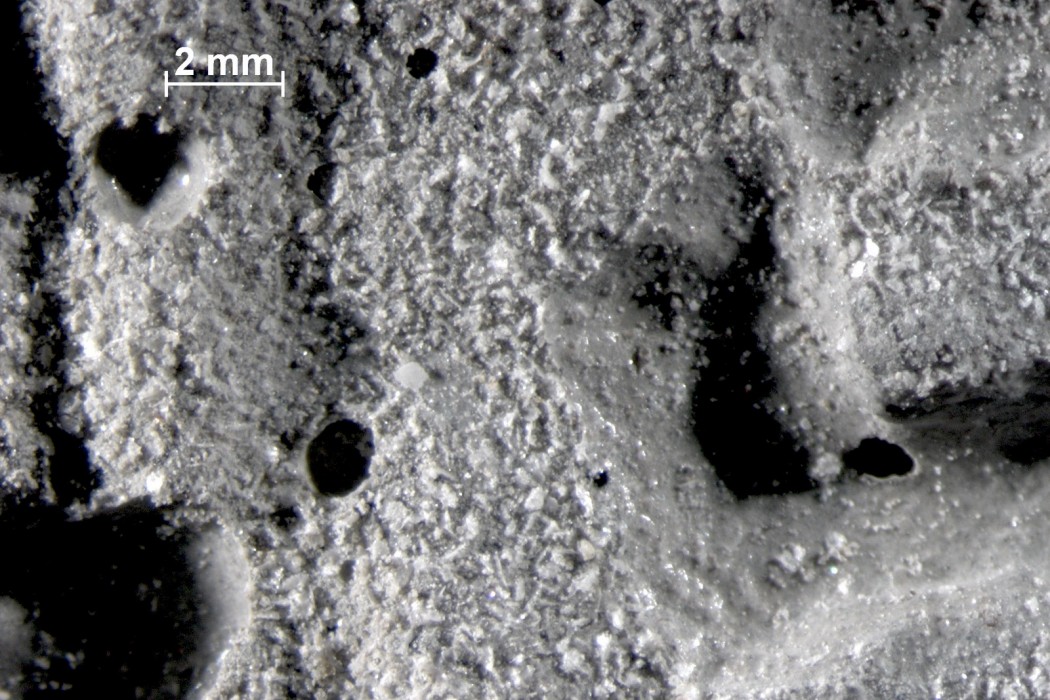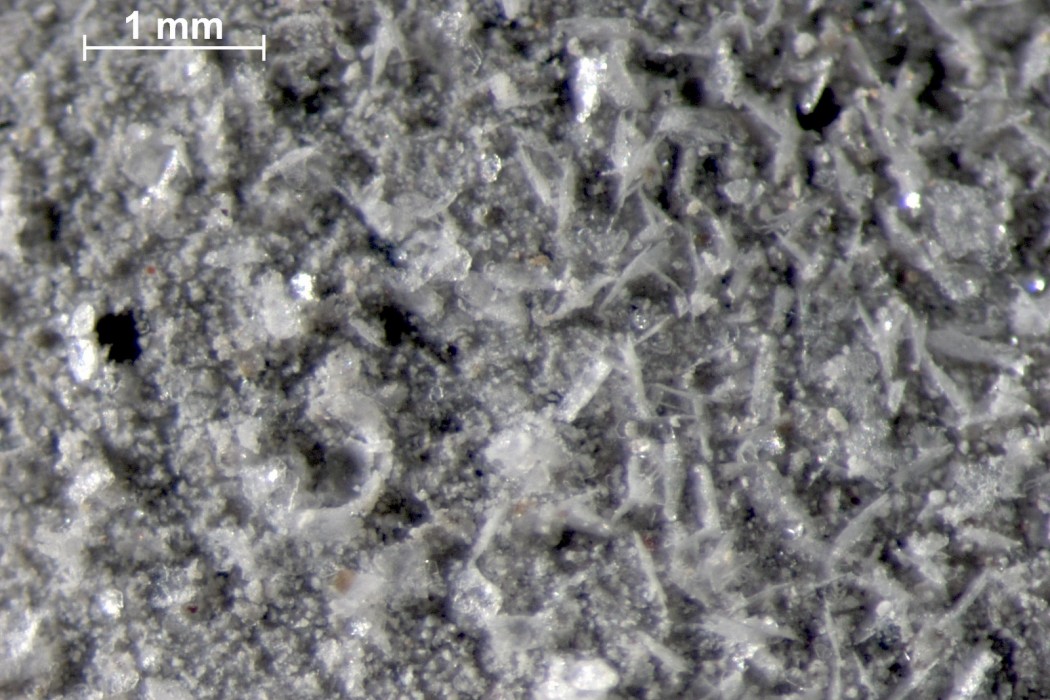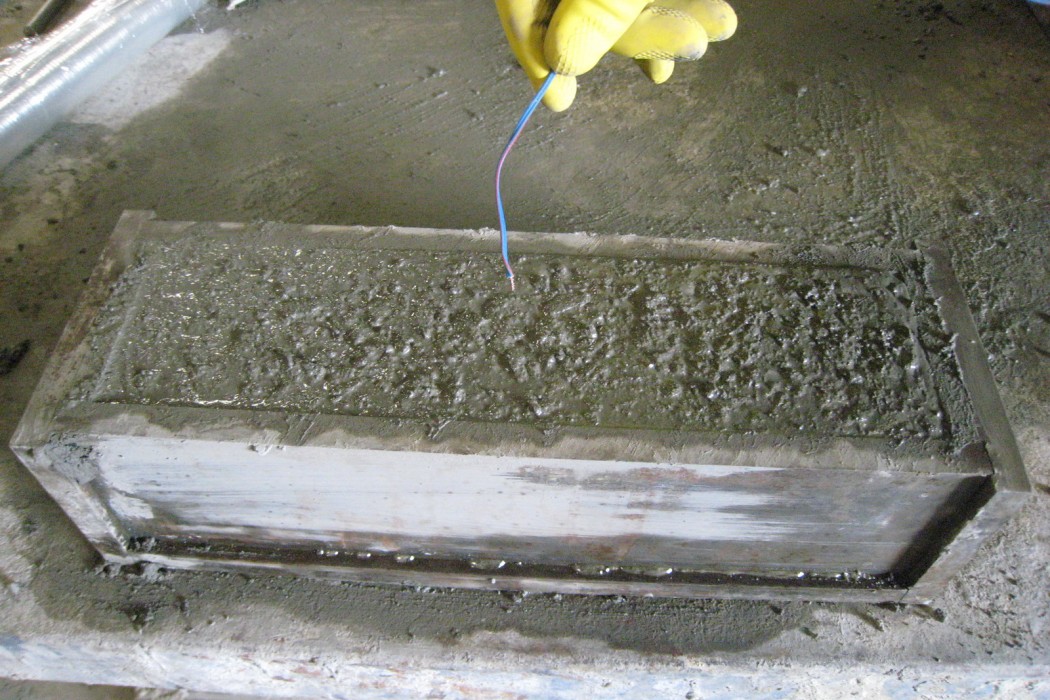WJE PROJECTS
High Temperature Curing of Concrete
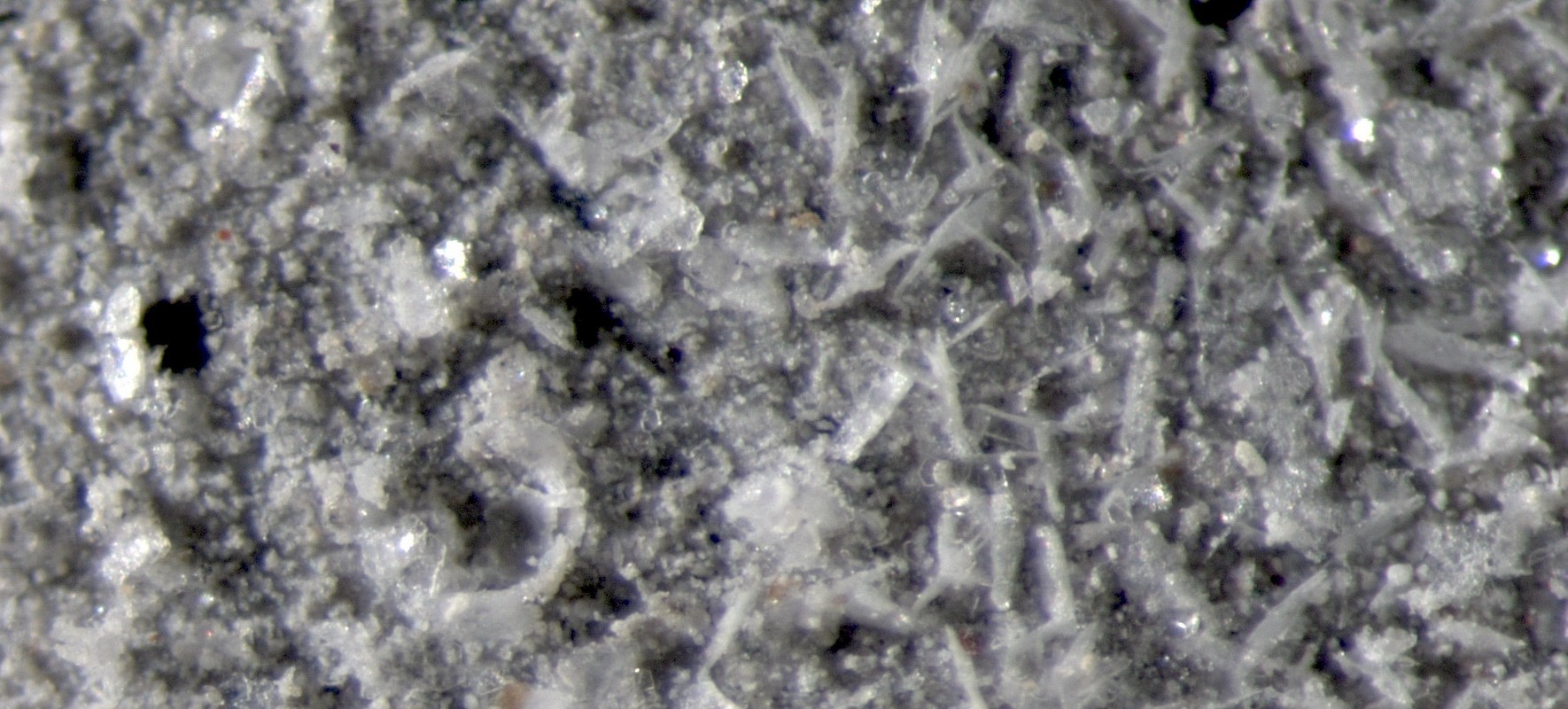

CLIENT |
State Department of Transportation |
LOCATION |
Long Beach, CA |
Evaluation for the Potential of Delayed Ettringite Formation
Charts generated by thermocouples cast into the affected concrete measured curing temperatures of significantly in excess of the specified maximum temperature limit. WJE was requested to investigate the possible effect of the reported elevated temperature on the durability of this major structure with a 100-year design service life. Specifically, the goal of this investigation was to assess the potential for future distress (expansion) associated with delayed ettringite formation.
BACKGROUND
A maximum temperature limit during concrete curing is specified to avoid the risk of delayed ettringite formation (DEF). DEF is usually occurs when its normal formation is postponed due to exposure to elevated temperature during initial curing, typically achieved either via heat-curing or through the heat of hydration of the cementitious materials, or both. Heat cured products and mass concrete elements are most susceptible to elevated temperatures during early hydration.
SOLUTION
A review of the chemistry of the cementitious materials used in concrete production with respect to their potential to form delayed ettringite is one of the approaches to risk assessment of concrete elements subjected to curing at elevated temperatures. However, WJE strongly believes that more comprehensive study and laboratory testing are required when rendering an opinion on serviceability of such concrete products. For this project, WJE conducted a multiphase investigation to assess the potential for future expansion in concrete elements due to formation of delayed ettringite:
- Laboratory testing of concrete materials followed by an assessment of their potential for DEF based on the obtained chemistry results
- Laboratory batching of concrete using job specific mix design and materials
- Laboratory curing of concrete samples according to the time/temperature regimen reported for the jobsite and a companion set using the maximum allowed curing temperature
- Forced Hydration Study to assess the potential for deleterious expansion due to DEF using a "rapid predictive method" developed at WJE.
RELATED INFORMATION
-
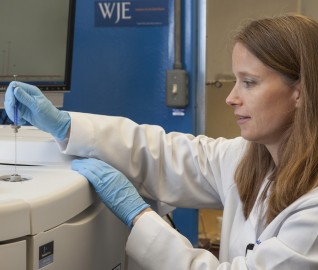 Our materials scientists provide comprehensive consulting services for the evaluation and... MORE >Services | Materials Evaluation and Testing
Our materials scientists provide comprehensive consulting services for the evaluation and... MORE >Services | Materials Evaluation and Testing -
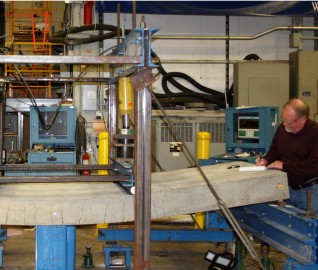 Whether investigating a specific project challenge or collaborating with government agencies on... MORE >Services | Research
Whether investigating a specific project challenge or collaborating with government agencies on... MORE >Services | Research -
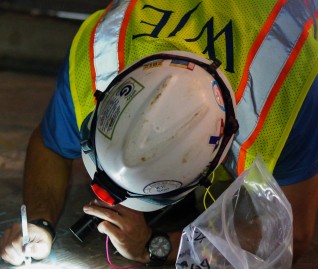 Clients rely on our experience and laboratory capabilities to develop innovative solutions to... MORE >Services | Materials Engineering
Clients rely on our experience and laboratory capabilities to develop innovative solutions to... MORE >Services | Materials Engineering



































